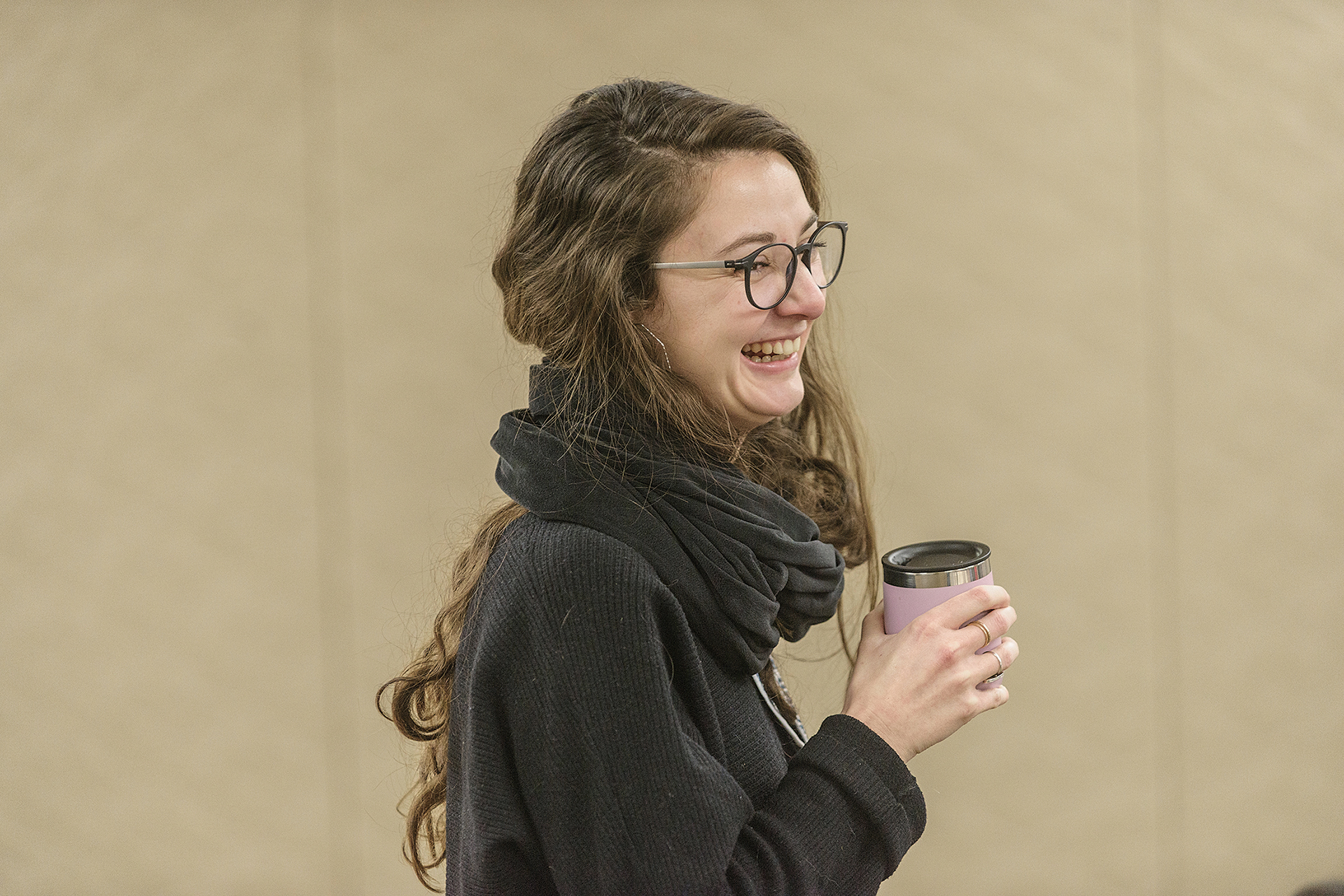Marley Rob
Architectural Designer & Workshop Leader Explains Her Dyslexia Powers

Marley Robb is a graduate of Montana State University with a BA in Environmental Design and a Masters in Architecture. Here she discusses discovering her dyslexia while in college and how this inspires her professional designs and drawing workshops today. These are her candid thoughts from a recent interview.
I always describe dyslexia in the simplest of forms as a right-brain or big-picture bias, and for architects, this could be seen as an advantage. Often architects get characterized as designing buildings, but in all reality they design space. Architects design the habitable form of a building, that people interact with.
The long story short is I found out that I was dyslexic during my fourth year of architecture school. I was sitting in a furniture design class, typing notes, and typed the word “lamp”. the little red squiggle came underneath and couldn’t figure out why. After some time staring, right-clicked and realized I had written “lamb”. This was around the same time my college roommate had realized she was dyslexic, so had been versed on the characteristics. Getting this simple four-letter word wrong kind of freaked me out, and I started flipping through all my sketchbooks and journals from architecture school. I’m really good at checking my work, but I’m not good at the first go, when I’m not thinking about it or writing in my journal because you’re just word vomiting or sketching ideas onto the page. This is when I noticed my Bs scribbled out for Ps, and my Es and Ss sometimes getting mixed up. I started noticing all these mistakes, and that’s right about the time I discovered the MSU Visual Learners course. Again, a lot of things started to resonate, and I ultimately got tested for dyslexia and confirmed that I was beyond two standard deviations.
“I think a big component to success is learning that dyslexia is a biological difference. It’s not like you had a funky teacher growing up, or your parents didn’t read to you enough.”
Being tested for dyslexia gave me some answers, but not just about my weaknesses. I tested in the 98th percentile for spatial comprehension. At the same time, I was being told I had a learning disability, I was validated with my choice of studying architecture—an extremely spatial field. If you are dyslexic, understanding that your weakness is your strength is huge. Also understanding that dyslexia is on a sliding scale. Even with myself, I find that it changes daily if I’m tired and I must accept that I’m not going to be good at spelling or checking errors that day. Understanding I need someone to double-check my spelling, or need to put this aside and look at it in the morning because it’s just going to frustrate me. Yeah, really understanding my boundaries set me apart in graduate school.
Lately, I’ve been doing a lot of drawing workshops. First, teaching in them, as cheesy as it sounds…that everyone can draw. Achieving this with a practice called blind contour. This is where an individual is looking at their subject, not at the page while they draw. It typically means not lifting your pencil while moving across the paper. The idea is you’re not drawing what you think you see…but you’re drawing what you actually see. You’re drawing what is in front of you, you’re drawing what you’re experiencing.
My own artwork feeds into blind contouring. It’s about letting go and understanding that you are in this moment, and what you’re experiencing is enough. One of my professors told me that we don’t sketch to make something look exact. We’re sketching for our own perspective and understanding. If you wanted it to look exact, you’d take a photo. I think ultimately that’s the benefit of the haptic perception. You’re able to document things that maybe a photograph couldn’t explain.
As a dyslexic, you can extend what you’re experiencing to drawings. So,
if I’m drawing a building on a busy Main Street, I believe that the heightened noise affects the drawing. The details on a building you might not initially find significant, through drawing by blind contouring, you realize what is coming out as significant. With the symposium workshop it was about removing people’s guards, and the speculation they have about themselves, whether they were good at drawing or not. Breaking down this barrier so that they don’t see drawing as this scary monster.
I think a big component of success is learning that dyslexia is a biological difference.
It’s not something like…you just had a funky teacher growing up, or your parents didn’t
read to you enough. Your differences can set you up for success. These differences
allow dyslexics to see
the world differently. I think that’s a huge advantage.
Learn more about Marley Robb and her drawing style by visiting the website at www.marleyrobb.com.
